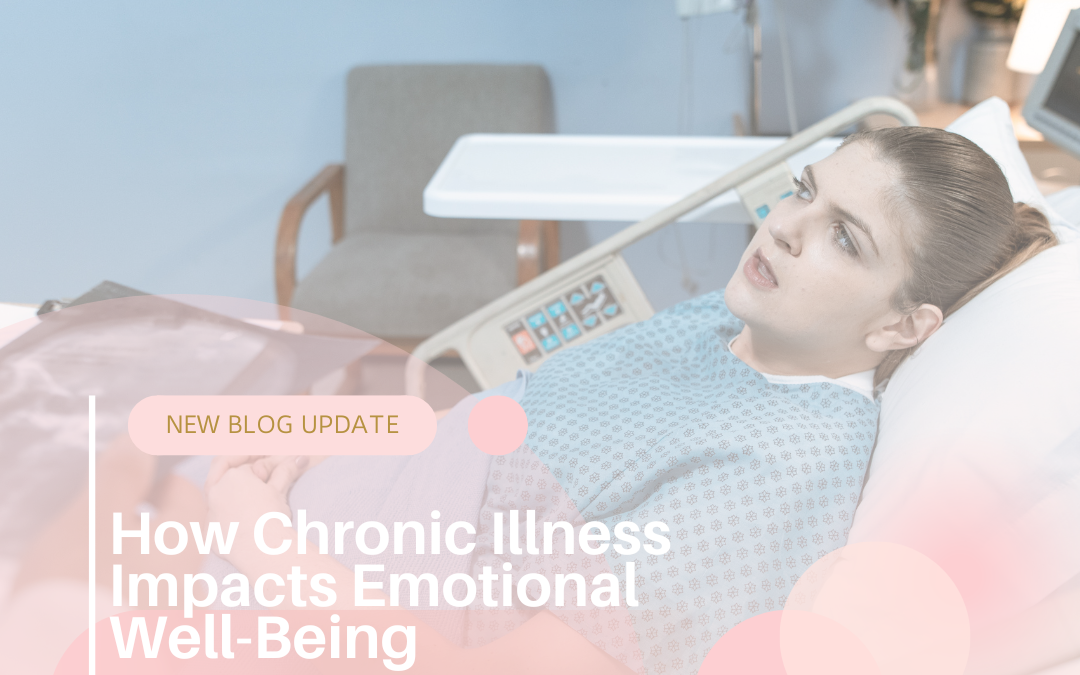When we talk about mental health, the conversation often centers around stress, depression, anxiety, or trauma — all critical and valid topics. But there’s a quieter, often overlooked struggle happening in the shadows: the mental health toll of living with a chronic illness or invisible disability.
These conditions — like fibromyalgia, lupus, chronic fatigue syndrome, endometriosis, Ehlers-Danlos syndrome, long COVID, and countless others — don’t always have visible signs. And because they don’t look debilitating from the outside, those living with them often face skepticism, misunderstanding, and isolation, all of which compound the emotional burden.
The Double Life of Living with an Invisible Condition
For many people with chronic illnesses, the hardest part isn’t just the physical pain or fatigue — it’s having to prove that their suffering is real. Loved ones may offer well-meaning but dismissive comments like:
-
“But you look fine!”
-
“You’re probably just stressed.”
-
“Maybe it’s all in your head.”
That last one especially stings. Gaslighting — whether from doctors, family, or employers — can cause deep emotional harm. When your experience is constantly questioned or minimized, it creates self-doubt, shame, and a feeling of invisibility.
The Mental Load No One Sees
Living with a chronic illness means constantly managing symptoms, appointments, medications, side effects, and energy levels. But it also means mourning what once was — the lifestyle you used to have, the career you were building, the hobbies you could no longer maintain.
This grief is ongoing and complicated. Add in fears about the future, financial strain from medical bills or job limitations, and social isolation from canceled plans, and it becomes clear: the emotional toll is massive.
The Link Between Chronic Illness and Mental Health
Research shows a strong connection between chronic illness and mental health conditions. People with long-term health issues are at a significantly higher risk for:
-
Depression
-
Anxiety disorders
-
Post-traumatic stress symptoms (especially after medical trauma)
-
Body image issues and identity crises
And yet, despite the mental load, support is often lacking. Many people aren’t offered therapy as part of their treatment plan. Others are told to “think positive” — a response that invalidates rather than helps.
What Healing Can Look Like
So what does support look like for those living in this reality? It starts with validation. Simply having your experience acknowledged can be deeply healing.
Then, it’s about building a system that addresses both the physical and emotional realities:
-
Therapists who understand chronic illness and invisible disability
-
Support groups that foster connection and reduce isolation
-
Flexible work and life accommodations without shame
-
Mind-body practices that prioritize pacing and self-compassion
Healing in this context doesn’t always mean being cured — it means being seen, supported, and empowered.
Final Thoughts
Chronic illness and invisible disabilities are not “just physical” problems. They impact every corner of a person’s life, especially their mental and emotional well-being. When we start listening — really listening — to those living with these conditions, we open the door to more compassionate, inclusive, and holistic care.
It’s time to bring these stories out of the shadows and into the light.


Recent Comments